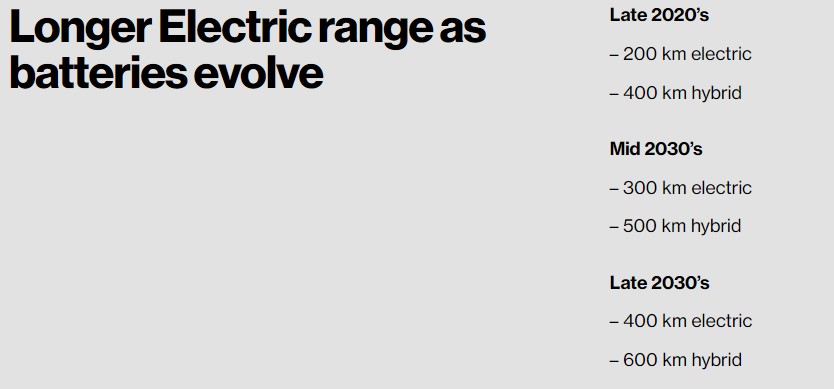Sidestep:
Yes 4250kg seems be be the new de-facto 'light duty' GVWR limit. If they're going to let UK spec (RHD) light commercial vehicles into NZ they'll have to make a move.
Vehicles like Ford's (UK) light-duty e-Transit models come in 3500, 3900 and 4250kg, the UK Mercedes e-Sprinter's are 3500kg etc.
The whole COF vs WOF, hubodometer exemption, compliancing etc would be a pain for what is, essentially an electric 'Class NA' light goods vehicle.
In North America it appears a similar 9500lbs (4300kg) 'light vehicle' GVWR is about to take the place of their combined previous Class 1 (max 2750kg) and 2a (3850kg) classifications.
Ford's got both their F150 'Lightning' "light-duty pickup" and lwb e-Transit "light commercial van" (just) under that limit.
The EISA rating of 'commercial' - Class 2b through 8 will likely now be above 9500lbs for zero-emission vehicles.
Apart from being Federal Highway Administration class-limits (in turn affecting manufacturers' emissions and fuel economy certifications) in quite a few States the classification affects both your licensing and Insurance costs.
In turn your taxes/depreciation schedules etc. are affected. The US Department of Transportation (DOT) - along with with the EPA was making noises about gross-weight/class changes back in 2015.
Similarly, over here the move to Battery-electric and Fuel-cell trucks has put the wind up RV manufacturer's groups.
At the moment a motorhome (eg Class A) - to be driven on a standard car driving license - must be under 26000lbs (11800kg) in most States and Provinces.
They're usually built on truck chassis (eg Ford or Freightliner). Following their estimations, with batteries you'll be looking at 15 tonnes for the same size RV.
That's a lot of weight for our elderly neighbour (who drives her motorhome to Arizona each winter) to be driving.
It'll also call for a massive upgrading of RV park's electrical systems. A hundred of those things fast-charging overnight will pull some amps.
And - an architect friend says engineering calculations for things like ramps and multi-level parkades are having to be altered due to increasing vehicle weights.
Yeah, If we want to see pure EV's in vehciles of the size of the bigger hiace van (currently maxed out at 3,500kg gvm), we really need to allow pure EV's to be heaver.
Operators arn't going to tolerate loosing many hundreds of KG's of payload to keep the EV equivalent under 3,500kg, and neither are going to tolerate the higher operating costs that come from Running on a COF. Private buyers are likely to be reluctant to accept the 90km/h max speed limit (especially given 110km/h roads are getting more common). Net result is buyers will just stick with diesel.
I didn't really think about the impact on carparks etc. But suspect many are already engineered to take smaller COF vehicles.
Small trucks, high payload van's, and american style pickups arn't exactly rare in NZ. Some carparks already have signage indicating max vehicle weights / axle loads.
4.2T GVM
4525kg GVM:
4490kg GVM:






